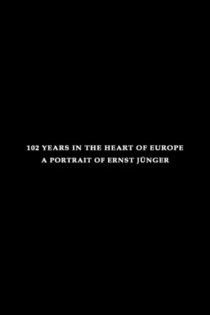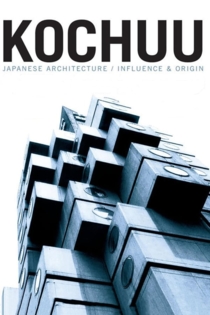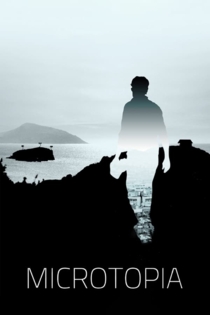
Jesper Wachtmeister
2021Great Expectations
Jesper Wachtmeister
This documentary provides an astonishing journey through innovative, futuristic, utopian and sometimes bizarre architecture projects—including concrete illusions of grandeur and Lego-like modular apartments to an Instant City Airship and round, grass-covered subterranean dwellings—from the beginning of the 20th century to today.
Great Expectations

102 Years in the Heart of Europe: A Portrait of Ernst Jünger
Jesper Wachtmeister
Ernst Jünger, Mikael Persbrandt
102 Years in the Heart of Europe: A Portrait of Ernst Jünger (Swedish: 102 år i hjärtat av Europa) is a Swedish documentary film from 1998 directed by Jesper Wachtmeister. It consists of an interview by the journalist Björn Cederberg with the German writer, philosopher and war veteran Ernst Jünger (1895-1998). Jünger talks about his life, his authorship, his interests and ideas. The actor Mikael Persbrandt reads passages from some of Jünger's works, such as Storm of Steel, The Worker, On the Marble Cliffs and The Glass Bees.
102 Years in the Heart of Europe: A Portrait of Ernst Jünger

Kochuu
Jesper Wachtmeister
Tadao Ando, Sverre Fehn
A film about modern Japanese architecture, its roots in the Japanese tradition and its impact on the Nordic building-tradition. Winding its way through visions of the future, traditions, nature, concrete, gardens and high-tech, KOCHUU tells us how contemporary Japanese architects strive to unite the ways of modern man with the old philosophies in astounding constructions. Interviews with, and works by, Japanese architects Tadad Ando, Kisho Kurokawa, Toyo Ito and Kazuo Shinohara and Scandinavian architects Sverre Fehn, Kristian Gullichsen and Juhani Pallasmaa.
Kochuu

Microtopia
Jesper Wachtmeister
How would you feel about carrying your home in your pocket or having clothes to live in? For most of us, “house” means stability, structure, and permanence. In an age of increasing population and technological gains, today’s mobile society has resulted in a demand, or perhaps a dream, for portable dwellings and dwellings in new settings and situations. Microtopia explores how architects, artists and ordinary problem-solvers are pushing the limits to find answers to their dreams of portability, flexibility – and of creating independence from “the grid”. Modern nomads, homeless people, people in stress, people in need of privacy or seclusion. We hear about the personal reasons behind the dwellings, and to see how they actually work. On the sidewalk, on rooftops, in industrial landscapes and in nature we will see and feel how these abodes meet the dreams set up by their creators. Microtopia deals with a contemporary urgent ideas that are addressed, and solved, in a very surprising way.
Microtopia
